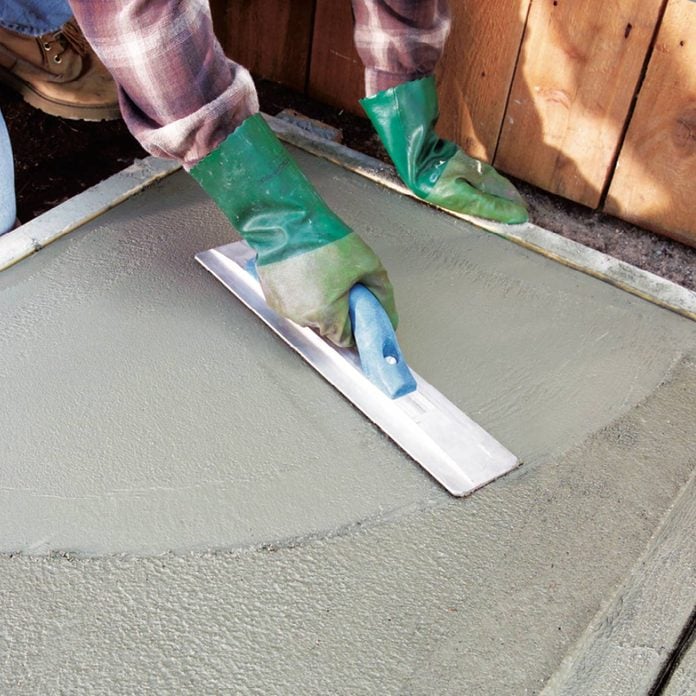Concrete is a popular material for residential and commercial construction. It is used for walkways, sidewalks, patios and other outdoor applications. The type of concrete finish you choose for your concrete project will impact the overall look of your project.
You can choose from a wide range of finishes, from polished or brushed to different textures and colors. You should also consider the durability of the surface you choose. Some types are more durable than others and may also cost more.
The different types of concrete surfaces
Concrete is one of the most popular construction materials due to its durability and low cost. Concrete surfaces are a way to make a concrete surface more attractive and give it a custom look.
There are many different types of concrete surfaces, including:
- Spatulated surface
- Polished finish
- Boom design
- Visible aggregate finish
- Colorful finish
- Salty finish
- Swirl finish
Spatulate surface
A troweled surface is created when the material is applied with a trowel. The spatula must be used with back and forth movements and the material must be applied with “quick” movements.
Trowel finishes are typically used on interior surfaces such as walls and ceilings, but can also be used on exterior surfaces such as brick or concrete .
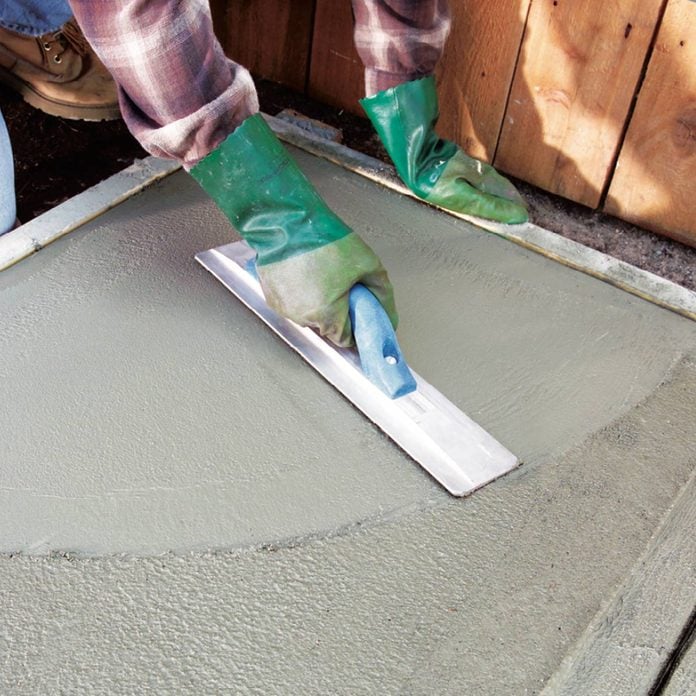
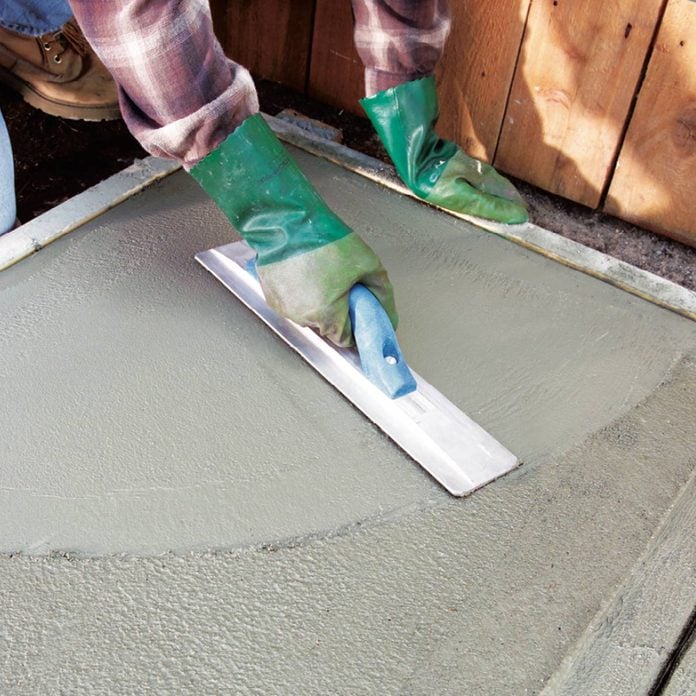
“Trouble finish” is a term that describes the type of surface finish produced by a trowel (a wide-bladed flat tool) pressed into wet concrete or mortar and then smoothed. The trowel is made to spread an even layer of aggregates and water-saving materials such as cement, sand, pebbles and crushed stone. This type of surface treatment can be found on interior surfaces such as walls, ceilings or floors, but also on exterior surfaces.
Polished finish
To obtain a polished surface, the surface must first be smooth. Polishing involves rubbing the surface with an abrasive such as sandpaper, sandpaper or steel wool.


Polished surfaces are the result of polishing, that is, smoothing and cleaning the surface of a metallic object. Polishes are often used for this purpose, but other substances such as waxes and oils can also be used.
Broom finish
Concrete is a material that can be processed in different ways. One of the most popular types of concrete processing is the so-called broom coating.
Broom finish is a rough concrete surface that can be achieved by brushing the surface with a mixture of broom and water. This creates little bumps on the surface, giving it an uneven texture and making it look like it was brushed by hand with an old broom.

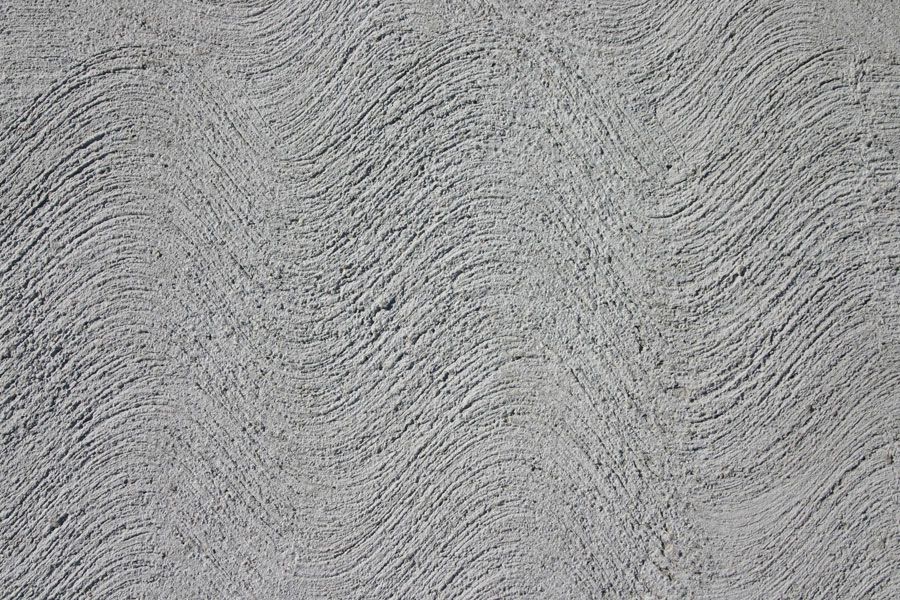
Visible aggregate finish
Aggregate Finishing is a technique that allows the surface of a material to be covered with small particles. This technique is mainly used in the construction industry, but recently it has been used in other areas.
An aggregate surface can be an attractive option for people who want a natural surface with a natural appearance and texture. It can also be an economical way to add interesting texture to materials like concrete or wood.

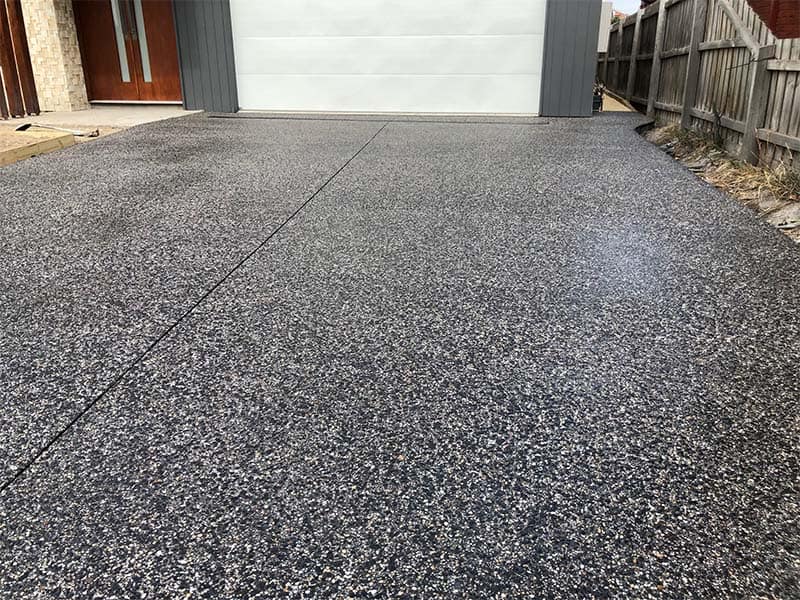
The aggregate finishing technique was introduced by the Greeks, who used it on marble statues, which they called “polio”.
Concrete with colored surface
Colored finishes are a way to add color to concrete. This is a great option for those who want to add color to their concrete without having to paint it.
The colored surface of concrete is achieved by adding colored cement to the concrete mix. This is done after pouring so that the concrete looks like part of the existing environment.

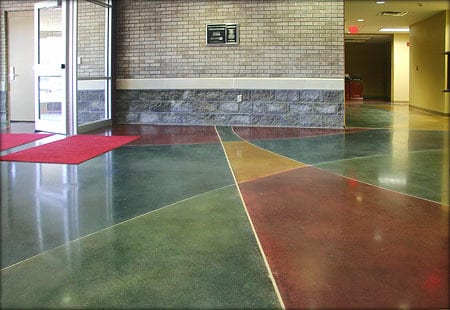
Colored concrete can be made by painting before it is completely hardened or by adding colored pigments to the concrete mix.
Salty finish
Salt Finish is a type of concrete finishing technique that involves applying coarse rock salt crystals to a damp surface. Salt crystals are applied by hand or with a stencil, brush or other device.
The technique was invented in the 1990s by artist Jane Davenport and has since been used in many places around the world.
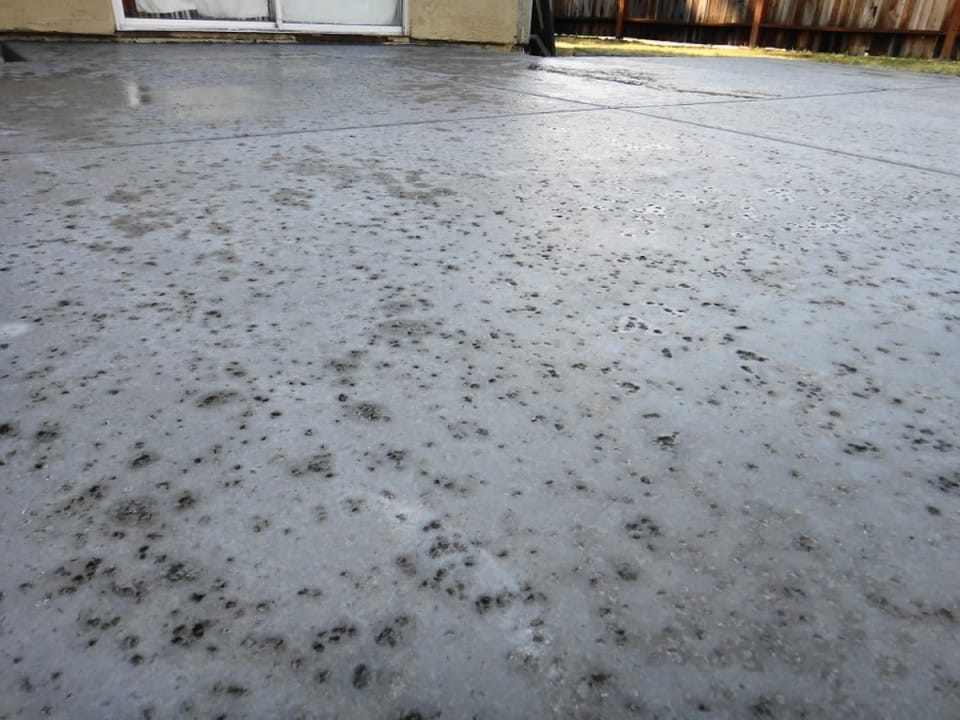

Swirl finish
A spiral surface is a concrete surface created by mixing and pouring two colors of concrete at the same time.
The spiral appearance is popular in commercial projects because it gives the appearance of marble, granite or other stone surfaces. It can also be used in residential projects.



